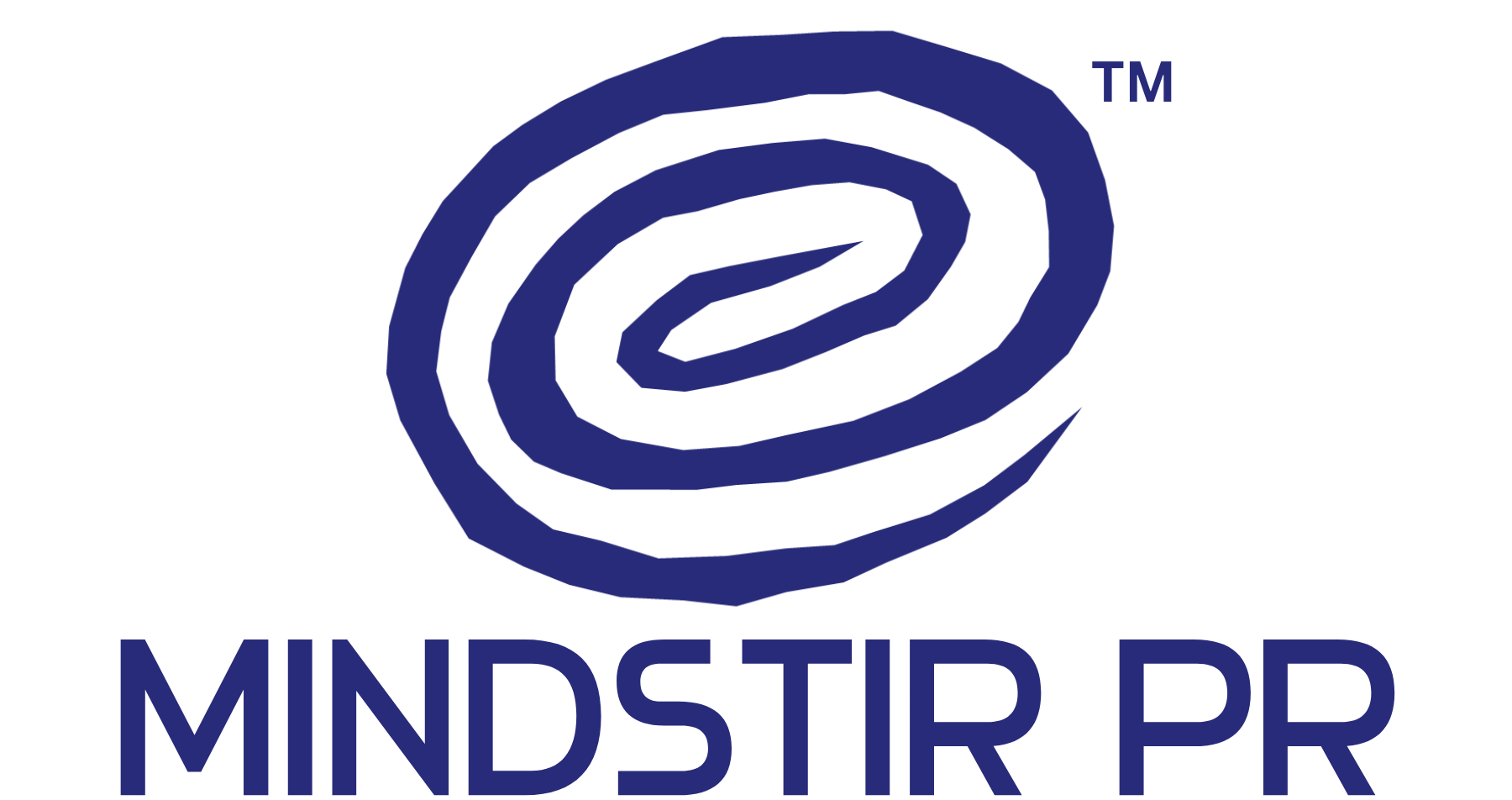In the realm of public relations, social media has emerged as a formidable force. Its accessibility, immediacy, and broad reach have transformed the way businesses communicate with their audiences. The digital era’s rise has seen social media evolve from a simple communication tool into a crucial platform for brand promotion, reputation management, and audience engagement.
While social media’s potential is undeniable, harnessing its power requires more than just an online presence. It demands a strategic approach—one that navigates the nuances of different platforms, understands the behavior of online audiences, and aligns with broader communication goals. This article delves into PR strategies designed to maximize the impact of social media and drive digital success.
Section 1: Understanding the Power of Social Media in PR
Social media has redefined the ways brands connect with their audiences. Businesses can now engage directly with consumers, fostering relationships that build trust, loyalty, and brand affinity. Moreover, social media provides a platform for brands to control their narratives, shaping perceptions through carefully crafted content.
PR professionals also use social media as a listening tool. By monitoring online conversations, they can gain insights into public opinion, identify emerging trends, and anticipate potential crises. This proactive approach allows companies to respond swiftly and appropriately to any situation.
Section 2: PR Strategies for Social Media
1. Developing a Strong Brand Voice
Consistency is key in social media management. A strong, consistent brand voice helps to establish a recognizable identity, making your messages more memorable and engaging. This voice should reflect your brand’s personality and values, resonating with your target audience.
2. Creating Engaging Content
Content is the heart of social media. PR professionals must create high-quality, engaging content that grabs attention, sparks conversation, and encourages sharing. This could range from informative blog posts and eye-catching infographics to compelling videos and interactive polls.
3. Leveraging Influencer Partnerships
Influencer partnerships can amplify your brand’s reach and credibility. By aligning with influencers who have a strong connection with your target audience, you can tap into their following and increase your brand visibility.
4. Responding to Feedback
Social media provides a platform for direct communication with consumers. PR professionals must monitor these channels closely, responding to comments and addressing concerns promptly. This responsiveness not only resolves individual issues but also demonstrates a commitment to customer satisfaction.
Section 3: Case Studies
1. Dove’s Real Beauty Campaign
Dove’s “Real Beauty” campaign is a shining example of effective social media PR. Dove used social media to initiate a global conversation about beauty standards, leveraging user-generated content to promote body positivity and inclusivity. This campaign not only boosted Dove’s brand image but also positioned the company as a socially conscious leader.
2. Airbnb’s #WeAccept Campaign
Airbnb’s #WeAccept campaign used social media to take a stand on social issues, demonstrating the company’s commitment to diversity and inclusion. The campaign involved a series of posts sharing stories of acceptance and belonging from around the world. It not only increased brand awareness but also fostered a sense of community among Airbnb users.
Conclusion
In today’s digital age, social media is an indispensable tool for public relations. With strategic planning and execution, PR professionals can leverage social media to enhance brand reputation, engage with audiences, and drive business success. From developing a strong brand voice and creating engaging content to partnering with influencers and responding to feedback, these strategies can help businesses unleash the full potential of social media.


